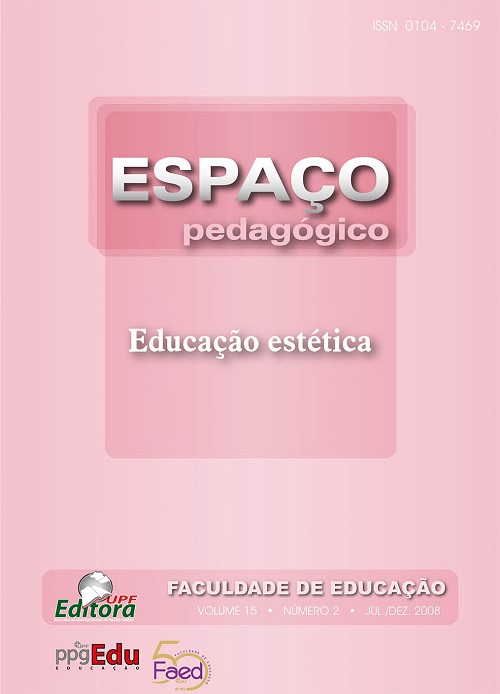Differences and commonalities: art for inner transformation and cultural understanding
DOI:
https://doi.org/10.5335/rep.v15i2.7466Palabras clave:
Ken Wilber’s models. Human commonalities and differences. Modernist and postmodernist paradigms. Art as transformation. Nature of art. Power of art.Resumen
Art materializes heightened experiences of transformation that depict human commonalities and particularities through imagery, thereby bringing understanding of self and of different worldviews and practices. This paper will present a conceptual framework based on theories of Ken Wilber, Ellen Dissanayake, and Suzi Gablik that promote the understanding of human commonalities and differences and how this framework relates to art. Wilber’s constructs of deep and surface structures of human consciousness account for modernista notions of commonalities and universalities and postmodern ideas of differences, contexts, and particularities. Dissanayake posits that art is a natural or innate human behavior that contributes to the survival of the human species. Gablik theorizes that there is need for change through art.Descargas
Los datos de descarga aún no están disponibles.
Descargas
Publicado
2017-10-17
Número
Sección
Artigos
Licencia
Os direitos autorais são mantidos pelos autores, os quais concedem à revista o direito de primeira publicação.
Cómo citar
Differences and commonalities: art for inner transformation and cultural understanding. Revista Espaço Pedagógico, [S. l.], v. 15, n. 2, 2017. DOI: 10.5335/rep.v15i2.7466. Disponível em: https://ojs.upf.br/index.php/rep/article/view/7466. Acesso em: 16 oct. 2025.




